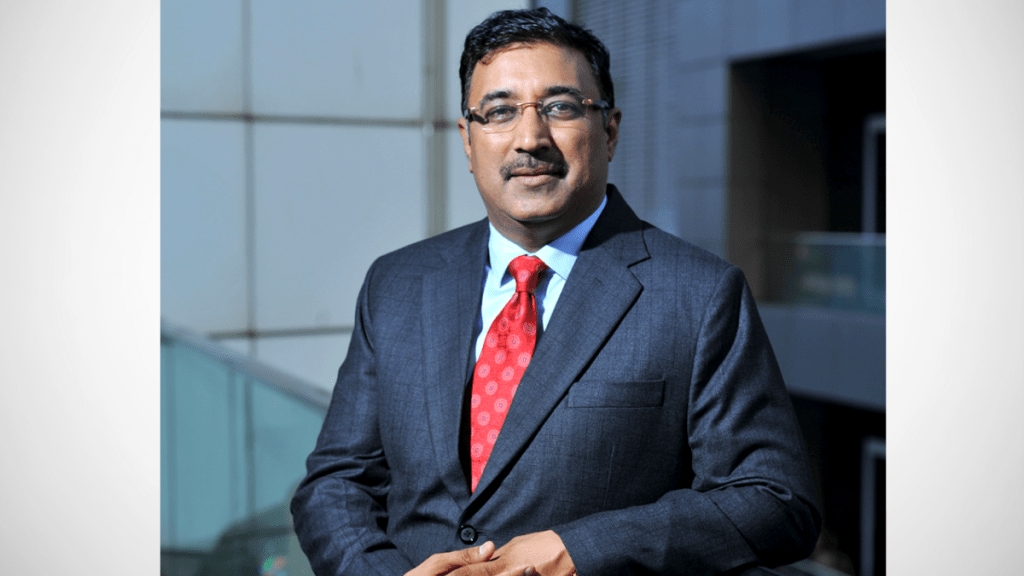Capri Global is targeting a 30% growth in its assets under management (AUM) in the current financial year. Managing director Rajesh Sharma tells Kshipra Petkar in an email interview that the company aims to maximise the festive season momentum while maintaining the asset quality. Excerpts:
What are the key drivers to meet the profit and RoAE targets for FY26?
We are targeting 4–4.5% RoA and 16–18% RoAE in the next two-three years. Past investments in branches and technology are now delivering results. Our focus is to improve spreads by enhancing product yields and lowering cost of funds; scaling non-interest income through fee-based businesses like insurance distribution and car loan origination; driving branch and employee productivity with tech-led efficiencies; and tightening operating cost ratios.
What’s the AUM target for this fiscal and which segments are expected to drive growth?
We are targeting a 25–30% AUM growth in FY26, supported by broad-based momentum across our core businesses. Gold loans may grow by 30–35% while the MSME segment is likely to expand by 15–20%. Housing finance is projected to grow 25–30%, driven by rising demand for affordable housing, while construction finance may report a 20–25% growth, with the real estate cycle gaining momentum.
How is Capri Global gearing up for festive demand in consumer and MSME credit, especially gold loans and retail lending?
On the gold loan side, we typically see higher demand during this period from seasonal businesses. Similarly, housing finance demand tends to rise from first-time buyers who prefer to make property purchases around auspicious occasions. By aligning our product offerings, distribution network and customer engagement initiatives, we aim to maximise the festive season momentum while maintaining the asset quality.
How do you see the GST cut impacting demand?
The GST rate rationalisation will directly improve affordability and purchasing power of the consumer, particularly for essentials and key input materials. This should ease household budgets, strengthen borrower sentiment, and spur discretionary consumption.
Which segments are showing asset quality stress, and where is it easing?
We anticipate limited slippages in the MSME and housing segments, while gold loans and construction finance are expected to remain resilient. Since our portfolio is 100% secured, we do not foresee any material impact on the overall asset quality.
How is Capri leveraging its Rs 2,000-crore QIP?
We have strengthened our balance sheet, bringing leverage down to 2.5x and taking the capital adequacy ratio to 34.5%, thereby providing the necessary growth capital for the next three years. This capital will be deployed to expand in the South and tier III & IV markets and enhance the network capacity. We are investing in technology and data science to strengthen risk management, improve customer experience and drive productivity. With lower leverage, we anticipate a credit rating upgrade, which should reduce our cost of funds over the next two-three quarters, further boosting profitability and return ratios.
What’s your fundraising strategy for FY26. Are ECBs part of the mix?
In addition to bank borrowings, we intend to diversify our funding mix by tapping capital markets through CPs and NCDs, while also evaluating the external commercial borrowing (ECB) route.
What are your branch expansion plans.
Over the next three years, we plan to add 750–800 branches across both the gold loan and non-gold businesses, with 200–250 branches being added annually.


